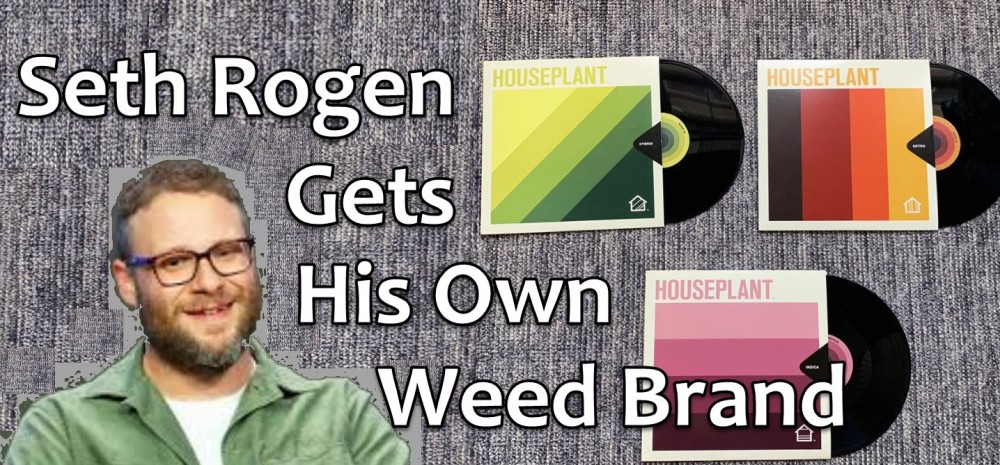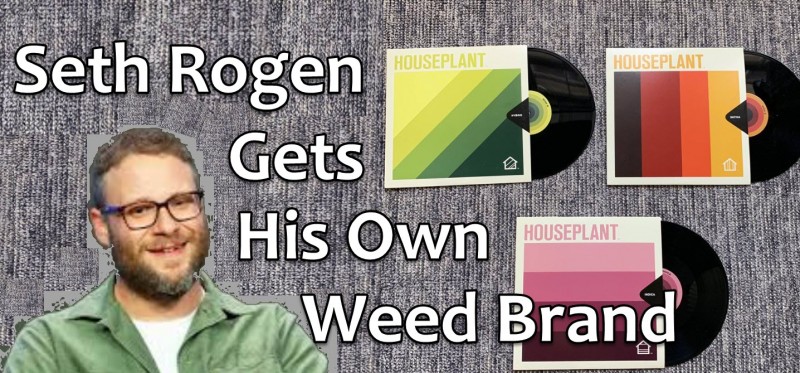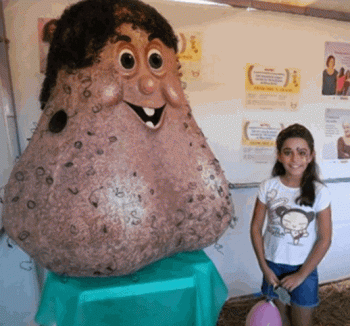Seth Rogen Teams with Canopy Growth for the Houseplant Cannabis Brand

Famous Canadian comedians Seth Rogen and Evan Goldberg just announced that they would be collaborating with major Canadian cannabis player Canopy Growth to launch Houseplant.
Rogen, best known for his stint in Pineapple Express as well as Superbad and The Interview, has never been one to shy away from proclaiming his love for ganja. Now with his long-time partner Goldberg, he will get to have his very own cannabis company where Canopy Growth owns a minority stake.
Houseplant will be developing recreational cannabis products in the Canadian cannabis sector.
“We are so proud to be launching in Canada, our home,” said Goldberg in a press release. “After spending five years diligently preparing for the launch of this company, we’re excited to be able to share our passion for cannabis with Canadians in this way.”
“Houseplant is a passion we’ve brought to life through drive and dedication,” said Rogen. “Every decision we’ve made for the business reflects the years of education, first-hand experience and respect we have for cannabis.”
They add that Houseplant intends to prioritize educating people about cannabis, making it “the center of its mission.”
Houseplant’s first strain is called the Houseplant Sativa; it’s expected to be launched in early April and it will be available in provincial retailers as well as online for British Columbia. Houseplant Sativa is being marketed as a high THC strain, that has “long, densely packed trichomes extend from the buds onto the leaf, giving it a true ‘sugar leaf’ appearance. This plant has dark, hardy leaves and a big, earthy scent.”
There will be two more strains to follow – these are the Houseplant Indica and Houseplant Hybrid, which is slated for release later on in the year. The Indica will be high THC and low CBD; it will have pungent, earthy, musky, and floral notes. The hybrid will be a delicious combination of herbs, cheese, and blueberry.
Canopy’s portfolio is continuing a massive expansion; just a few weeks ago they announced a partnership with Martha Stewart as well.
“We could not be more excited to partner with them and work towards our shared goal of making Houseplant one of the largest cannabis brands in the world,” said Canopy Growth president and co-COE Mark Zekulin.
“We have been getting to know the Houseplant team for quite a while now and continue tobe impressed by their understanding of the cannabis consumer, attention to detail, and drive towards their vision,” Zekulin adds in the press release. “We could not be more excited to partner with them and work towards our shared goal of making Houseplant one of the largest cannabis brands in the world.”
Aside from developing their own strains, Houseplant also has plans of offering pre-rolled joints and softgels throughout Canada.
Through the partnership, Canopy Growth will be contributing with research and infrastructure to support Houseplant. Canopy Growth is a top cannabis producer not just in Canada but globally; they already currently operate in 12 countries across 5 continents.
Houseplant Target Market
Contrary to what many people may think, the founders will not be all about embracing the classic stoner stereotype. When you visit the official website, you’ll be greeted by 1980’s themed infomercials, narrated by no other than Rogen, which discusses the main differences between the sativa, indica, and hybrid varieties of cannabis.
Considering the design, branding, and strain names chosen, it’s clear that Houseplant wants to be black and white about the effects of the strain and products they are producing. They aren’t sugar coating anything; the flowers are named precisely after the effects and growth profile of the plant.
Additionally, Houseplant has also come up with a “color line system”, which is being used in the packaging to describe the flower’s characteristics. For example, the sativa’s lines are vertical, implying that it’s meant for someone who wants to be energized and ready to take on the day. On the other hand, the indica’s packaging features horizontal lines, which is associated with going to bed, unwinding, or laying down. The hybrid plant uses diagonal lines to suggest that its effects are in the middle of both.
The Houseplant website is also useful for the newbie cannabis consumer because it has several educational videos that discuss a range of aspects that come with consumption: the different ways to consume cannabis, dosage control, and how to properly roll a joint.
OTHER STORIES YOU MAY ENJOY...
HOW TO ROLL AN L-JOINT FROM PINEAPPLE EXPRESS, CLICK HERE.
OR..
CANADA LEGALIZES WEED, FOR REALZZZ, CLICK HERE.








